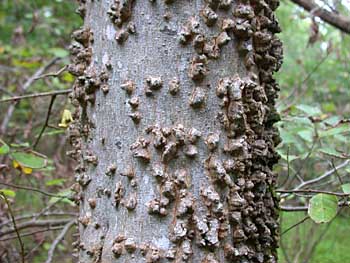
Bark of Celtis laevigata (Copyright W. Cook)

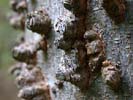
Bark of Celtis laevigata (Copyright W. Cook)

Bark of Celtis laevigata (Copyright W. Cook)
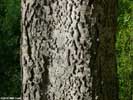
Bark of Celtis laevigata (Copyright W. Cook)

Bark of Celtis laevigata (Copyright W. Cook)
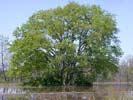
Celtis laevigata (Copyright W. Cook)
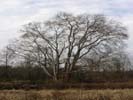
Celtis laevigata (Copyright W. Cook)
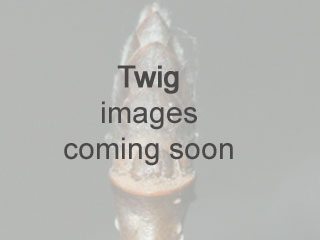
Twig of Celtis laevigata (coming soon)

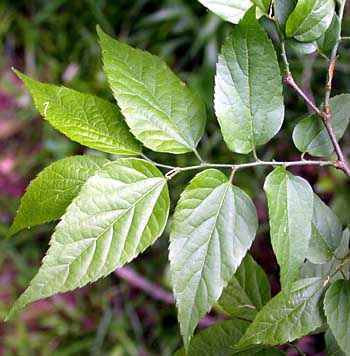
Leaves of Celtis laevigata (Copyright W. Cook)

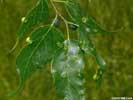
Leaves of Celtis laevigata (Copyright W. Cook)
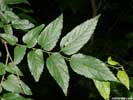
Leaves of Celtis laevigata (Copyright W. Cook)
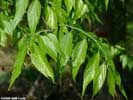
Leaves of Celtis laevigata (Copyright W. Cook)
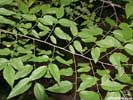
Leaves of Celtis laevigata (Copyright W. Cook)
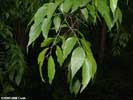
Leaves of Celtis laevigata (Copyright W. Cook)
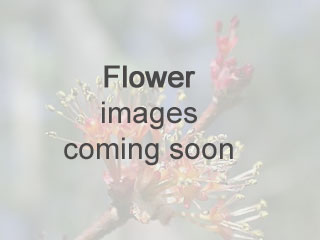
Flowers of Celtis laevigata (coming soon)

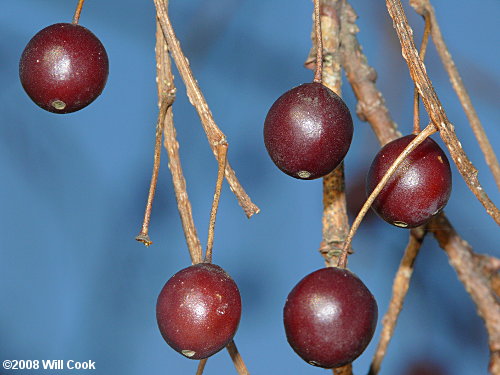
Fruit of Celtis laevigata (Copyright W. Cook)


Immature Drupes of Celtis laevigata (Copyright W. Cook)
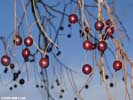
Drupes of Celtis laevigata (Copyright W. Cook)
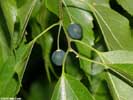
Drupes of Celtis laevigata (Copyright W. Cook)
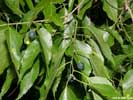
Drupes of Celtis laevigata (Copyright W. Cook)
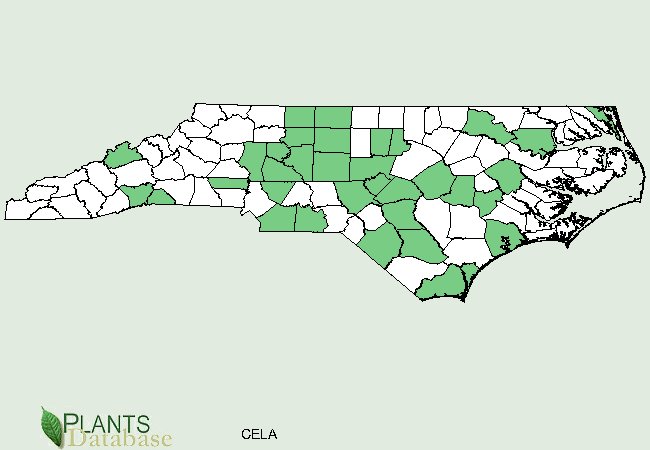
N.C. distribution of Celtis laevigata

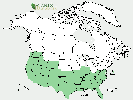
U.S. distribution of Celtis laevigata
Celtis laevigata (Southern hackberry)
(Common [uncommon in Mt]; bottomland forests, especially on natural levees, upland calcareous forests and woodlands, shell middens; Mt, Pd, CP; Fl: Apr-May, Fr: Aug-Oct)





